ADSactly Folklore: The Sunken Kingdom of Wales
Dear readers of the ADSactly Folklore series, as you may recall, in an earlier post I was talking about the grain of truth that exists in any legend or myth, the forgotten knowledge we no longer have the means to verify. Yet, sometimes a fortunate turn of events helps us uncover the origins of a story that has been circulating for hundreds or even thousands of years. Such is the case with the story of the mythical Sunken Kingdom of Wales. Only a couple of weeks ago, low tides and the storm Hannah uncovered the petrified forest of Borth, off the Welsh Coast, exactly where the legend says the lost kingdom once stood.
The prehistoric forest was buried under layers of peat, sand and salt water for a period estimated between 4000-6000 years. According to legend, Cantre'r Gwaelod was a vast area stretching some 20 miles west of modern Wales, under the water of what is now known as Caridgan Bay.Others say the forest stretched as far as Ireland. The land of Cantre'r Gwaelod (‘The Lowland Hundred’) was very fertile, which is why an acre of land there cost four times as much as elsewhere.
There are several versions of the myth. The earliest variant known was recorded in a 13th century manuscript, which says the disaster happened because of one well-maiden called Mererid who neglected her duties, which caused the well to overflow and drown the lands.
A more realistic version mentions the fact that the area was always under the menace of the rising sea waters which were controlled by means of a dyke, Sarn Badrig (Saint Patrick), and a series of sluice-gates which had to be opened at low tide to drain the land. The ruler of Cantre'r Gwaelod, king Gwyddno Garanhir, had two sons in charge of the vital dyke.One of these princes, Seithenyn, had a fondness for drinking and, it is said, one night he got so drunk he forgot about the embankment and the kingdom was submerged by waters.
The petrified forest of Borth was partially unearthed in 2014, but the ares was soon submerged by rising tides. Nevertheless, archaeological works in the region led to the discovery of fossilized human and animal prints as well as human tools.
In 1770, Welsh antiquarian scholar William Owen Pughe went on an expedition some four miles off the coast of Wales and reported having seen the remains of sunken buildings
According to folklore, on a calm day you can hear the bells of the sunken church of Cantre'r Gwaelod.
The legend of Cantre'r Gwaelod is quite similar to another Welsh legend, that of Llys Helig, which also speaks of a drowned kingdom, somewhere in North Wales.Llys Helig is also the name of a rock formation off the coast at Penmaenmawr, on the northern coast of Wales. The stories say these rocks are the ruins of the palace of Llys Helig and expeditions to the area speak of walls covered in seaweed.
Experts believe the two stories of Cantre'r Gwaelod and Llys Helig have common origins and might have influenced each other.
These legends bear many similarites with the story of Lyonesse, a mythical land described in Arthurian legends as the home of Tristan, hero of ‘Tristan and Iseult’.Said to border modern day Cornwall, the country of Lyonesse sunk sometime after the events in the story of ‘Tristan and Iseult’.
First mentions of these legends appear in the Middle Ages, but is thought that the events described happened somewhere around the 6th century.
And here we have a big problem, as according to modern geological experts, the petrified forest of Borth was submerged as long as 6000 years ago,way before the timing of the legends.
The only logical explanation is that the legends that have survived to this day speak of events that took place a lot earlier, most probably at the end of the last Ice Age. These Welsh stories belong to the category of flood legends, which exist virtually in every culture. If these stories originate somewhere in the Bronze Age, as it seems, one cannot expect our very distant ancestors to understand geological events like an Ice Age. All they knew lands were submerged by rising waters, caused by melting glaciers and quite possibly other weather phenomena like storms and rainy periods. Two such events happening at the same time could very well drown a city overnight. In our times, we understand the concept of floods, we have such problems in my country at the moment, but we know water levels will go down in a matter of days or weeks. The problem is that at the end of an Ice Age, water levels continued to rise due to melting glaciers and the lands were lost forever. Or until favorable weather conditions unearth them again, as is the case with the Wales kingdom.
In 1846, cartographer Samuel Lewis wrote:
In the sea, about seven miles west of Aberystwyth in Cardiganshire, is a collection of loose stones, termed Caer Wyddno, "the fort or palace of Gwyddno;" and adjoining it are vestiges of one of the more southern causeways or embankments of Catrev Gwaelod".
Geologists say Lewis was wrong and what he thought were causeways built to control the water levels are in fact moraines, formations of clay, gravel and rocks caused by melting glaciers.
The idea that the Welsh stories are based on a large-scale event like the end of an Ice Age and melting glaciers, with all the catastrophic consequences that they brought, at least for coastal regions, is supported by the fact we can find similar stories in France, too.
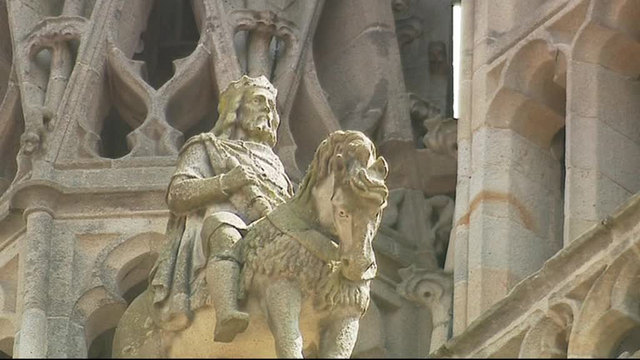
Statue of king Grandlon in the Bretagne region
source
The legend of Ys speaks of a mythical city sunken in a flood just as the one said to have submerged Cantre'r Gwaelod. Most versions say king Gradlon of Ys, hero of many Franch folk tales, was a pious man, but his daughter Dahut was a sinner. She is said to have stolen the key that opened the dyke to let her lover in the palace, which resulted in the flooding of Ys. The story is corrupted by the influence of Biblical stories, with the city being punished by God for the debauchery that reigned within its walls, but essentially the story is the same.
As we’ve seen the Sunken Kingdom of Wales rising up from the seas, the French also believe one day the city of Ys will see the light of day again. Legend has it that the first person to see the rising spire of the church of Ys will become king of the city. Other versions say that when Paris sinks it will be the moment for Ys to come back from its watery grave.
The idea of Paris sinking seems highly unlikely. Impossible, we might say, but if you think of it the people who must have lived in the sunken kingdoms would have laughed if anyone told them their lands will one day be submerged.Just as we have so much trouble uncovering the past, how can we presume to know the future?
Post authored by @ladyrebecca.
References: 1, 2,3.
Click on the coin to join our Discord Chat

Witness proposal is here:
Go To Steem Witness Page
In the bottom of the page type: adsactly-witness and press vote.

Use small letters and no "@" sign. Or, click here to vote directly!
Thank you!
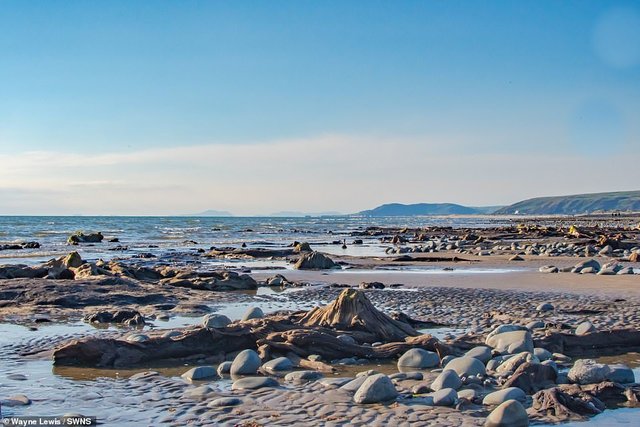
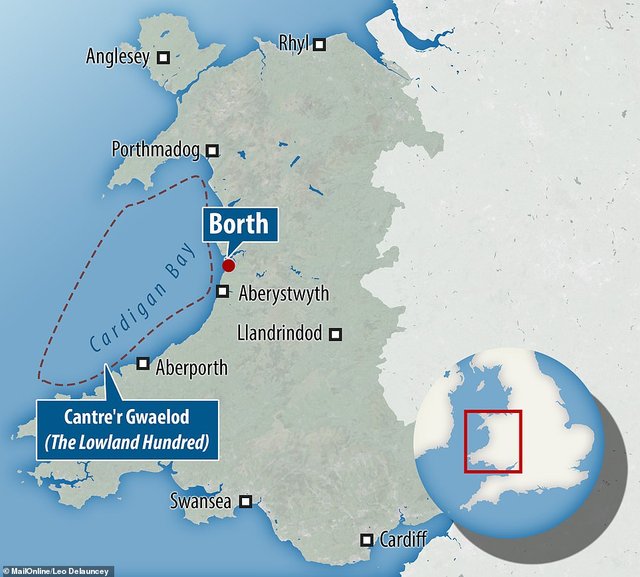
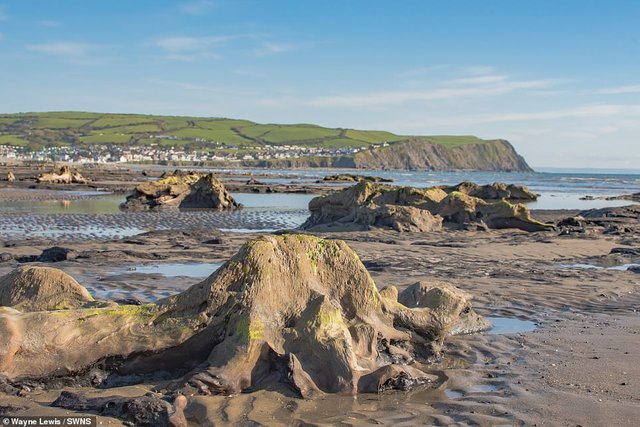
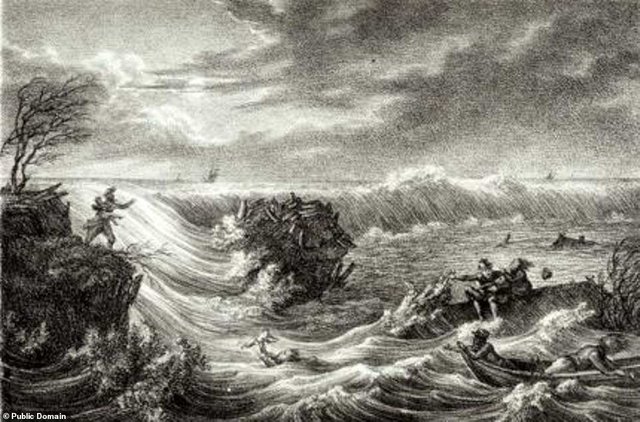
By family tradition, I like to meet legends from all over the world. In my life I have read or heard impressive legends that have allowed me not only to question my reality, but also to believe in some things. The legends you tell reminded me of a similar legend, overcoming the distances, that exists of a people in Venezuela. In San Antonio, a Venezuelan town, there is a legend that a giant snake will appear and sink it completely. It is believed that the tail of the snake is in the dam and the head is under the altar of the church. As you arrive in town you can see that in the middle of the dam there are domes of a church and some houses. It is said that many years ago there was a town called San Francisco that was sunk by the snake. Supposedly that legend, the same thing will happen to the town of San Antonio. Thank you for such a pleasant and illustrative publication, @ladyrebecca.
Interesting this publication, @ladyrebecca. Geologists have scientific explanations for these floods, but the people don't know them and turn them into beautiful and in some cases funny stories that pass from generation to generation as legends. In my country, there are also towns disappeared by floods and from which many legends have arisen. There are also stories of villages intentionally disappeared by the hand of man as is the case of the Potosí people in the state of Táchira, a town from which they evicted its inhabitants to make a dam and was flooded, only the cross of the church was visible, then with the effects of the El Niño phenomenon and the drought the church emerged and many parts of this town reappeared 30 years later. I would like to share this link so that you may know this event in our history:
http://www.tachira.gob.ve/web/2016/04/potosi-un-pueblo-expropiado-inundado-y-reaparecido/
Thank you @ladyrebecca for this content and @adsactly for spreading it.
The legends of cities submerged or destroyed by water are very striking and mysterious. Surely behind them there is some natural or human phenomenon that "explains" them, but what is attractive is the imaginary or fantastic mood that has created them. Water is one of the most fertile and significant elements in human creativity, and in particular the sea.
Perhaps many idealize that at some point the mythical Atlantis will emerge from the waters.
Thank you for your enriching and very well illustrated post, @ladyrebecca.